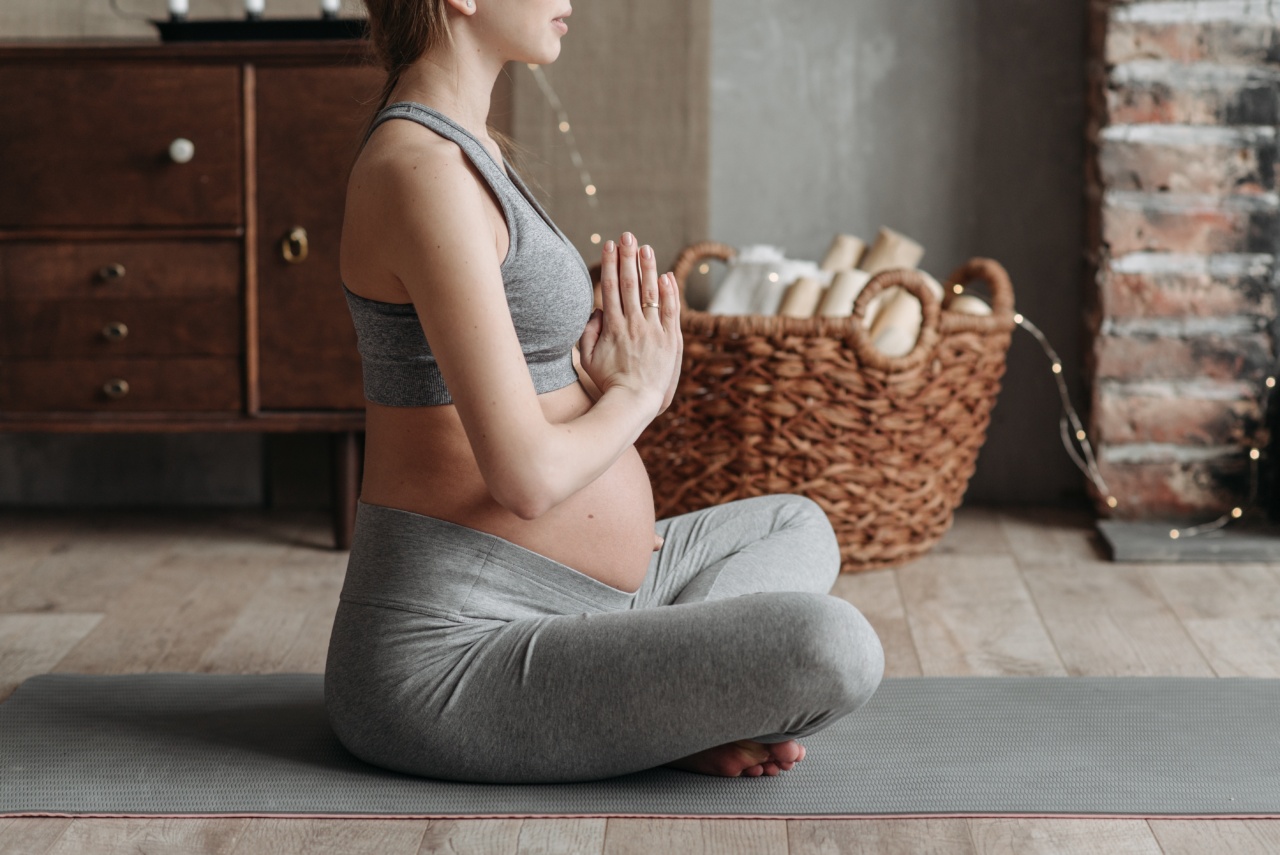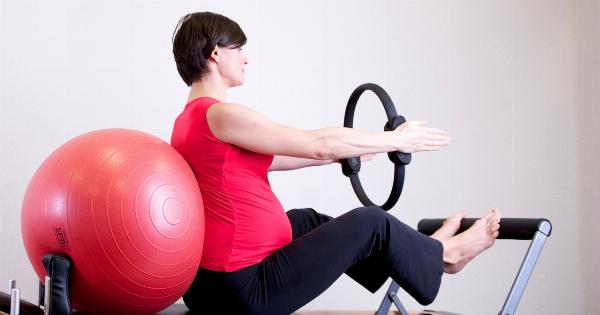Pregnancy is a challenging time for a woman’s body and swollen legs during pregnancy is one of the common problems. This is mainly due to the natural weight gain and the increased pressure on the legs.
While this is a normal phenomenon, it can cause discomfort, pain, and mobility issues. However, managing swollen legs during pregnancy is not complicated. Here’s what you can do to reduce swelling and promote good circulation:.
1. Make sure your clothing and footwear are comfortable and appropriate
Wearing comfortable clothing and footwear is one of the simplest solutions to swollen legs during pregnancy. Loose-fitting clothes, particularly around the waist, hips, and legs, and shoes with a low heel are ideal.
Avoid tight or restrictive clothing that can restrict blood flow, and high heels that can add unnecessary pressure to your feet and legs.
2. Stay hydrated
Dehydration is a common cause of swelling during pregnancy. To prevent this, drink plenty of water regularly throughout the day. Water helps to keep the body hydrated, which helps to flush out toxins and reduce swelling.
3. Move and exercise regularly
Regular movement and exercise help to prevent swelling during pregnancy. It improves circulation, which helps to reduce swelling and discomfort.
However, it’s important to move safely and avoid strenuous activities that can overwork your joints and muscles. Simple exercises such as walking, swimming or prenatal yoga can help support circulation and prevent swelling.
4. Avoid standing or sitting for extended periods
Long periods of standing or sitting can lead to swelling during pregnancy. If you must stand or sit for long periods, take regular breaks, stretch your legs, and move around to improve circulation.
5. Elevate your legs when resting
Elevating your legs can help to reduce swelling and promote good circulation. Raise your feet and legs above the level of your heart when resting, ideally for 30 minutes, at least 3-4 times a day.
You can do this by resting your legs on a pillow or cushion, propping up your feet on a stool or footrest when sitting, or lying on your left side with your feet elevated. Remember to take care not to put pressure on your belly when elevating the legs.
6. Practice self-massage
Massage can help to relieve swelling and promote circulation in the legs. Use gentle, circular motions with your hands and fingers to massage your legs from your feet up towards your thighs.
Professional prenatal massage is also a good option as therapists can target specific areas and use techniques to improve overall lymphatic flow and improve circulation. However, it’s important to ensure that the massage therapist is trained in prenatal massage and certified for it.
7. Use compression stockings
Compression stockings are a great option to help manage swelling during pregnancy. These are specially designed stockings that exert some pressure on your legs, helping to reduce swelling.
They are safe to use during pregnancy and can be easily bought over the counter or online at a pharmacy or compression products store. Just ensure that you get the right size and wear them as directed. It is advisable to wear them throughout the day, take them off at night.
8. Try hydrotherapy
Hydrotherapy, or water therapy, is another excellent option to manage swelling during pregnancy. Soaking in a bath of warm water or swimming in a pool can help to ease pressure on the legs and improve circulation.
Speak to your healthcare provider before doing hydrotherapy. If you have a fever or any type of infection, or are experiencing any complications in your pregnancy, the doctor may advise you against using a hot tub or whirlpool.
9. Avoid unhealthy and high salt diet
A diet high in salt can contribute to swelling during pregnancy. To keep your salt intake in check, avoid processed and fast foods, and limit salty snacks like chips, fries, and crackers.
Instead, opt for fresh fruits and vegetables, lean meats, whole grains, and low-salt seasoning alternatives. If you’re struggling with meal planning or finding a healthy diet, consult a dietician or nutritionist to help you with a tailored diet suited to your pregnancy needs.
10. Seek medical attention if needed
If your swelling is severe and persistent, or if you’re experiencing any other symptoms like headaches, chest pain, shortness of breath, or visual disturbances, contact your healthcare provider immediately.
These could be symptoms of a more severe condition like preeclampsia, which requires immediate attention and medical care.
Conclusion
Swollen legs during pregnancy is a common problem, but it’s manageable with the right care.
Exercise and movement regularly, wear appropriate footwear and clothing, avoid standing or sitting for long periods, elevate your legs when resting, and try to boost your circulation with compression stockings, self-massage, or hydrotherapy. In addition, maintain a healthy diet, stay hydrated, and seek medical attention if you experience any severe or persistent symptoms.
With simple steps and self-care, you can alleviate the discomfort of swollen legs during pregnancy and enjoy a healthy and safe pregnancy.





























